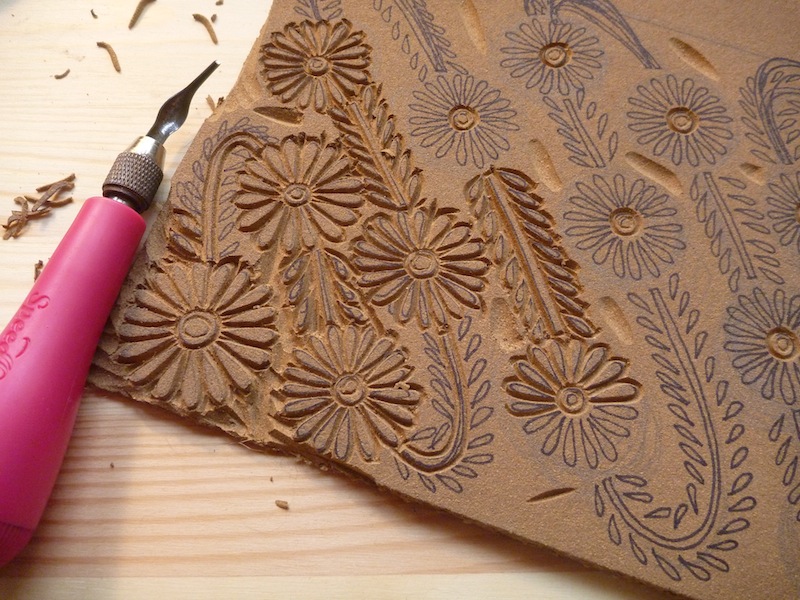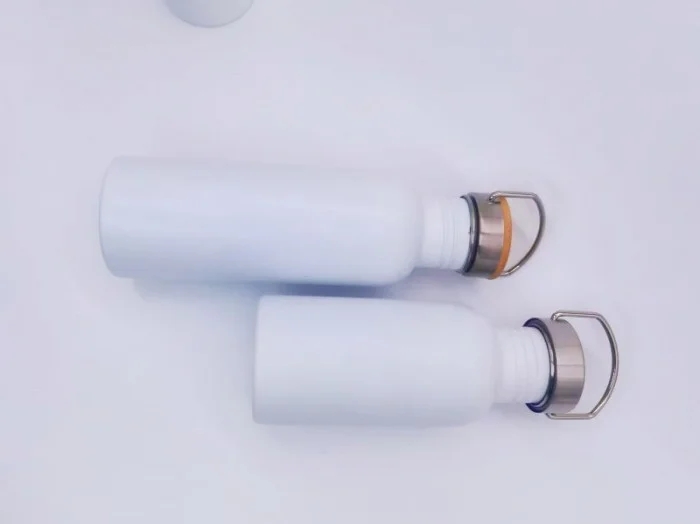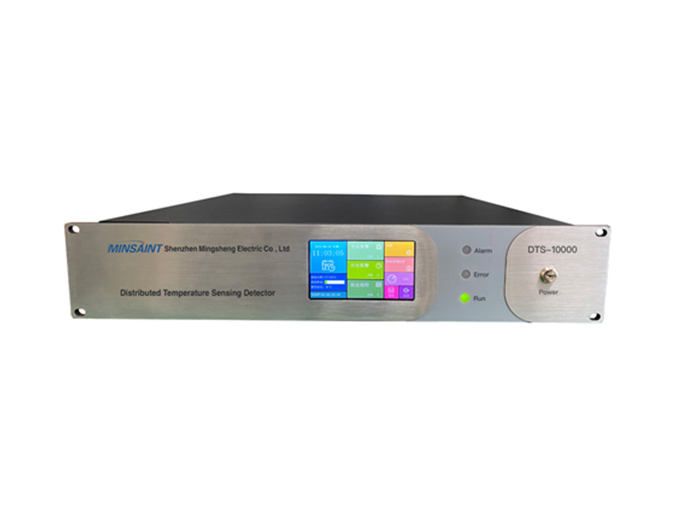Printing has come a long way since its inception, with various methods being developed and refined over the years. In this blog post, we will delve into the most popular methods of printing and explore the reasons behind their popularity. From traditional techniques to modern innovations, we will uncover the advantages of each method and shed light on their relevance in today's digital age.
- Offset Printing:
Offset printing has been a cornerstone of the printing industry for decades. This method involves transferring ink from a plate to a rubber blanket, which then applies the ink to the printing surface. Offset printing offers exceptional color accuracy, sharpness, and consistency, making it ideal for high-volume commercial printing. Its popularity stems from its ability to produce large quantities of high-quality prints at a relatively low cost per unit. - Digital Printing:
With the advent of digital technology, printing has become more accessible and versatile. Digital printing eliminates the need for plates and allows for on-demand printing, making it a cost-effective solution for small print runs. This method offers quick turnaround times, customization options, and variable data printing capabilities. Its popularity lies in its flexibility, efficiency, and ability to cater to individual needs. - Flexography:
Flexography, commonly used for packaging and label printing, has gained popularity due to its versatility and efficiency. This method utilizes flexible relief plates and fast-drying inks, making it suitable for printing on various substrates, including plastics, metals, and paper. Flexography offers excellent print quality, high-speed production, and is well-suited for large-scale printing operations. Its popularity is driven by its ability to meet the demands of the packaging industry and deliver vibrant, durable prints. - Screen Printing:
Screen printing, also known as silk screening, has a long history and remains popular for its unique capabilities. This method involves pushing ink through a mesh screen onto the printing surface, creating vibrant and durable prints. Screen printing excels in printing on textiles, promotional items, and signage. Its popularity stems from its ability to produce bold, opaque prints on various materials, including fabrics, plastics, and metals.
Conclusion:
In conclusion, the popularity of different printing methods can be attributed to their specific advantages and applications. Offset printing dominates the commercial printing industry, offering cost-effective high-volume production. Digital printing provides flexibility and customization options for on-demand printing. Flexography meets the demands of the packaging industry with its versatility and efficiency. Screen printing stands out for its ability to create vibrant prints on various materials. Understanding the strengths of each method allows businesses and individuals to choose the most suitable printing technique for their specific needs.




More Stories
Exploring New Chapters of Development Together! Shuifa Singyes New Materials Participates in C-Touch & Display Shenzhen 2025 and Commercial Display
How to Choosing the Best Cylinder Essential Oil Packaging Box for Your Brand
Mechanisms of Damping Deadening Rubber Sheets: How They Reduce Vibration and Noise